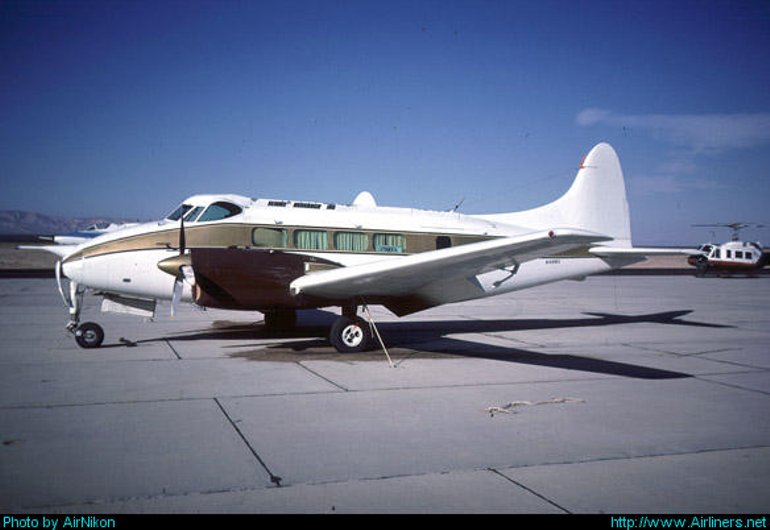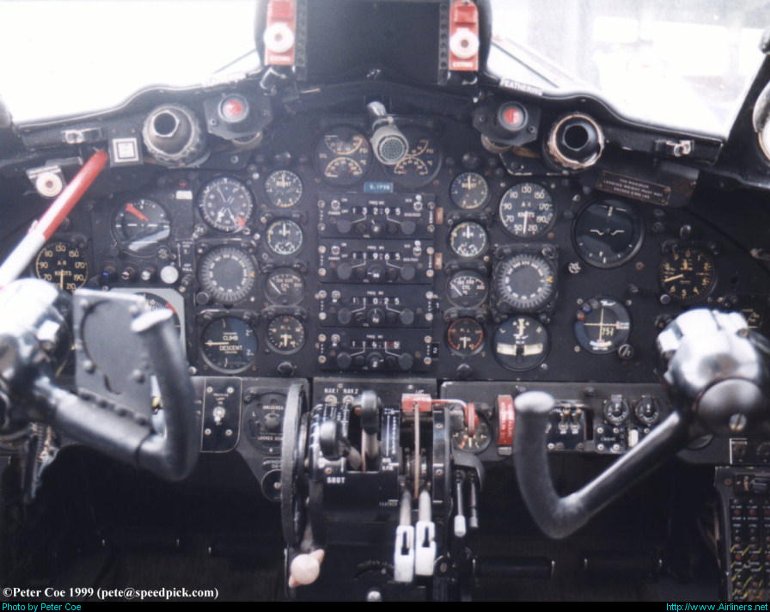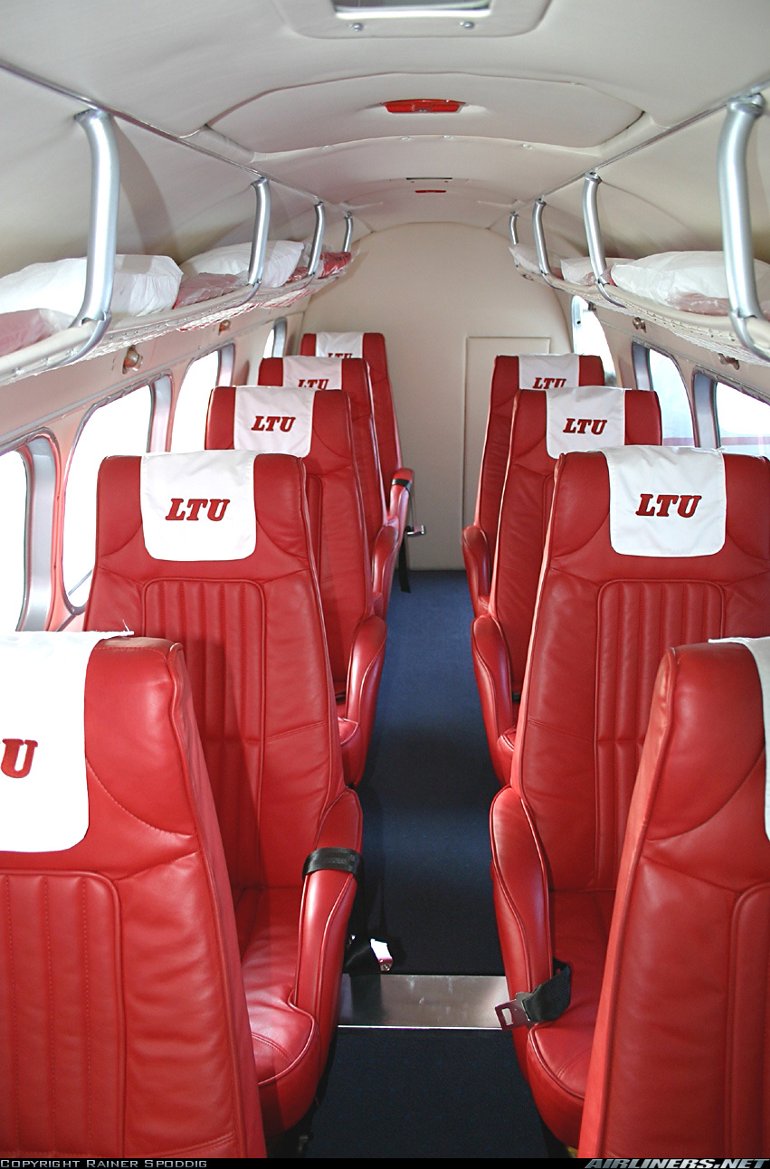Aircraft Technical Data
De Havilland DH.104 Dove



| Details | |
| Country of Origin | United Kingdom |
| Type | Eight seat commuter airliner and executive transport |
| History | The Dove was Britain's first successful postwar civil aircraft, and one of the few successful Brabazon Committee projects. The Brabazon Committee was established during WW2 to define requirements for British postwar civil aircraft. While the government established committee was responsible for a number of failures such as the Bristol Brabazon, its studies also resulted in the highly successful Vickers Viscount (described elsewhere) and the de Havilland Dove. The Dove was developed in response to a requirement for a small feederliner for UK and Commonwealth domestic services. The resulting aircraft featured new versions of the Gipsy Queen engine, a raised flightdeck and separate passenger cabin and all metal construction. The first DH.104 Dove flew for the first time on September 25 1945. Steady sales success as a regional airliner and corporate transport (particularly in the US) was boosted by significant military orders (RAF versions were known as the Devon, Royal Navy aircraft the Sea Devon). The Dove remained in production until the mid 1960s (by which time it was a Hawker Siddeley product), and a number of variants were built. These were the initial Series 1, the executive interior Series 2, the military Series 4, the Series 5 with greater range and more powerful engines, the Series 6 (and 6A for the US) executive version of the Series 5, Series 6BA with more powerful engines, Series 7 (Series 7A for the US) with more powerful engines and raised Heron style flightdeck, and Series 8 (8A or Custom 800 in the US) with five seat interior. In the USA Riley Aeronautics offered conversions of the Dove with two 300kW (400hp) Lycoming IO720 flat eight piston engines. The conversion is known as the Riley 400, and aside from the engines, customers could fit a swept back tail, a new instrument panel and a steel spar crapped wing. The first Riley 400 flew in 1963. |
| Powerplants | Dove 1 - Two 245kW (330hp) de Havilland Gipsy Queen 703 supercharged inverted six cylinder inline engines driving three blade constant speed propellers. Dove 8 - Two 300kW (400hp) Gipsy Queen 70 Mk.3s. |
| Performance | Dove 1 - Max speed 338km/h (182kt), max cruising speed 322km/h (174kt), long range cruising speed 266km/h (144kt). Initial rate of climb 750ft/min. Service ceiling 20,000ft. Max range 1610km (890nm). Dove 8 - Max speed 370km/h (200kt), max cruising speed 338km/h (183kt), long range cruising speed 300km/h (163kt). Initial rate of climb 1135ft/min. Service ceiling 21,700ft. Max range 1416km (765nm). |
| Weights | Dove 1 - Empty 2563kg (5650lb), max takeoff 3856kg (8500lb). Dove 8 - Empty 2869kg (6325lb), max takeoff 4060kg (8950lb). |
| Dimensions | Wing span 17.37m (57ft 0in), length 11.96m (39ft 3in), height 4.06m (13ft 4in). Wing area 31.1m2 (335sq ft). |
| Capacity | Flightcrew of two pilots. Main cabin seating for eight passengers, max cabin seating for 11 in a modified cabin arrangement. |
| Production | 544 Doves built, including 200 for military operators. A small number remain in commercial service. |
| Related Links | De Havilland DH.104 Dove |
The backbone of this section is from the The International Directory of Civil Aircraft by Gerard Frawley and used with permission. To get your own copy of the book click here. |
|








